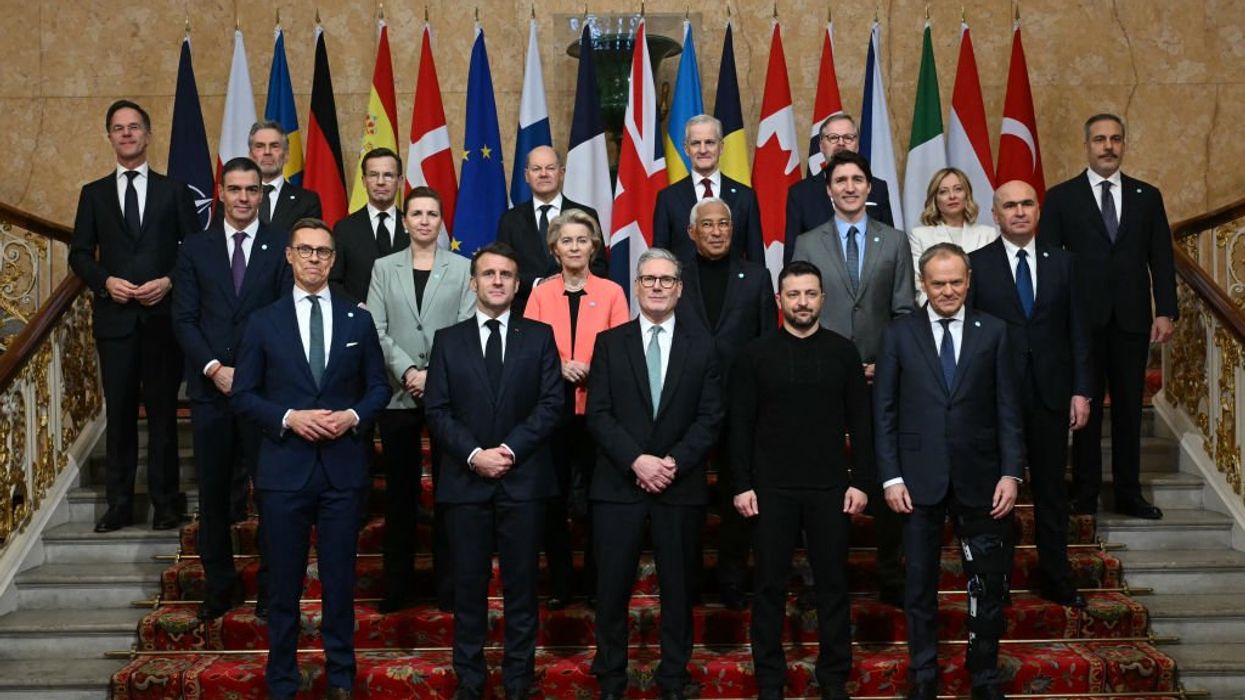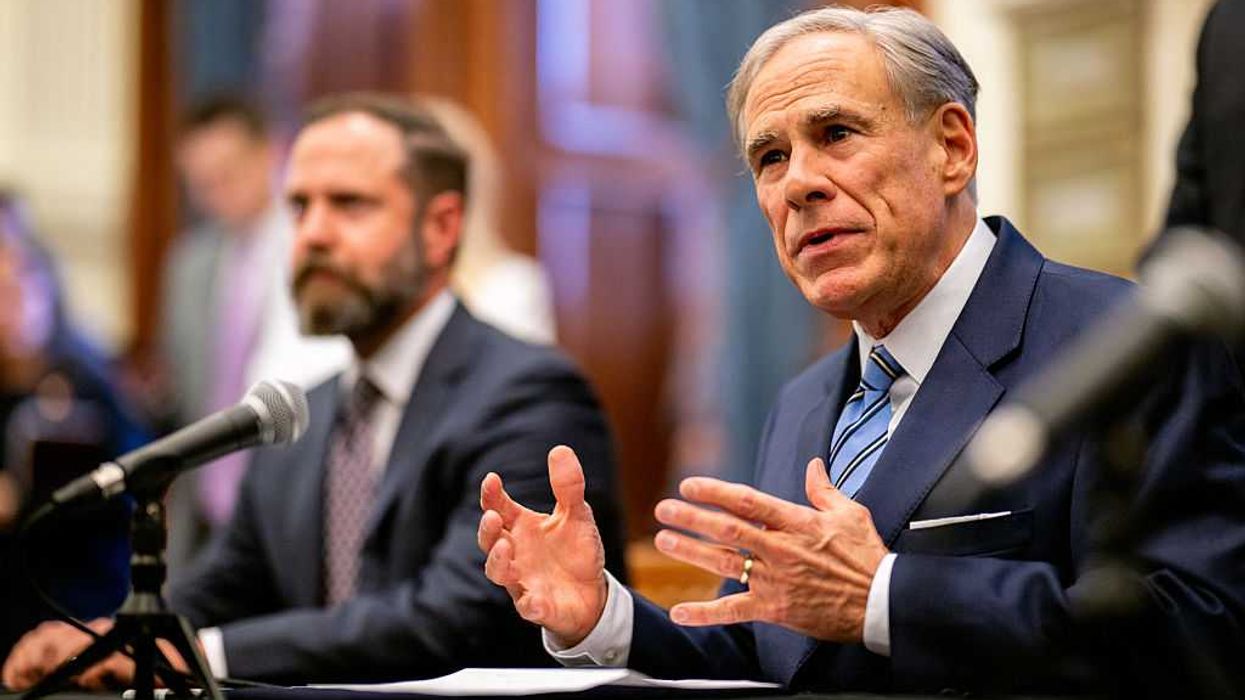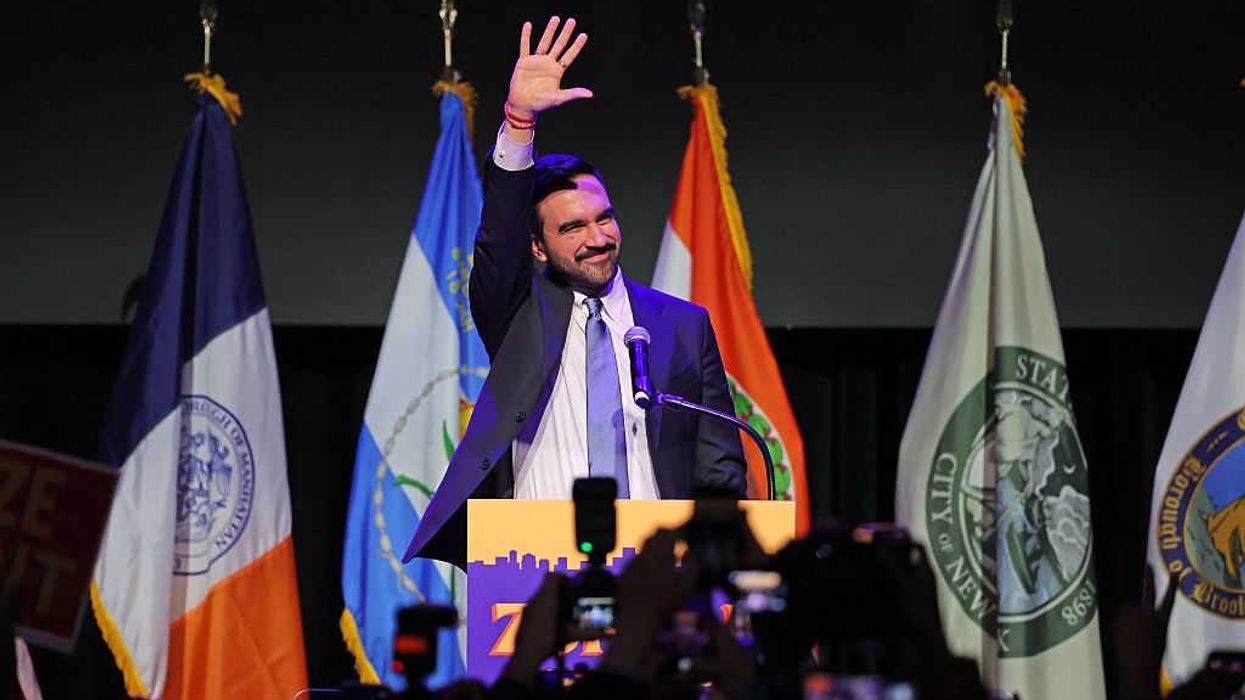Trump offered Zelenskyy a deal he couldn’t refuse—but Zelenskyy rejected it outright.
Last Friday, President Donald Trump welcomed Ukrainian President Volodymyr Zelenskyy to Washington to sign a historic agreement aimed at ending the brutal war ravaging Ukraine. Joined by Vice President J.D. Vance, Trump met with Zelenskyy and the press before the leaders were set to retreat behind closed doors to finalize the deal. Acting as a gracious host, Trump opened the meeting by praising Zelenskyy and the bravery of Ukrainian soldiers. He expressed enthusiasm for the proposed agreement, emphasizing its benefits—such as access to Ukraine’s rare earth minerals for the U.S.—and publicly pledged continued American aid in exchange.
Zelenskyy, however, didn’t share Trump’s optimism. Throughout the meeting, he interrupted repeatedly and openly criticized both Trump and Vance in front of reporters. Tensions escalated until Vance, visibly frustrated, fired back. The exchange turned the meeting hostile, and by its conclusion, Trump withdrew his offer. Rather than staying in Washington to resolve the conflict, Zelenskyy promptly left for Europe to seek support from the European Union.
As Glenn pointed out, Trump had carefully crafted this deal to benefit all parties, including Russia. Zelenskyy’s rejection was a major misstep.
Trump's generous offer to Zelenskyy
I believe Trump is playing 4-D chess with Zelenskyy. pic.twitter.com/L19RtQdCF6
— Glenn Beck (@glennbeck) March 3, 2025
Glenn took to his whiteboard—swapping out his usual chalkboard—to break down Trump’s remarkable deal for Zelenskyy. He explained how it aligned with several of Trump’s goals: cutting spending, advancing technology and AI, and restoring America’s position as the dominant world power without military action. The deal would have also benefited the EU by preventing another war, revitalizing their economy, and restoring Europe’s global relevance. Ukraine and Russia would have gained as well, with the war—already claiming over 250,000 lives—finally coming to an end.
The media has portrayed last week’s fiasco as an ambush orchestrated by Trump to humiliate Zelenskyy, but that’s far from the truth. Zelenskyy was only in Washington because he had already rejected the deal twice—first refusing Vice President Vance and then Secretary of State Marco Rubio. It was Zelenskyy who insisted on traveling to America to sign the deal at the White House. If anyone set an ambush, it was him.
The EU can't help Ukraine

JUSTIN TALLIS / Contributor | Getty Images
After clashing with Trump and Vance, Zelenskyy wasted no time leaving D.C. The Ukrainian president should have stayed, apologized to Trump, and signed the deal. Given Trump’s enthusiasm and a later comment on Truth Social—where he wrote, “Zelenskyy can come back when he is ready for peace”—the deal could likely have been revived.
Meanwhile, in London, over a dozen European leaders, joined by Canadian Prime Minister Justin Trudeau, convened an emergency meeting dubbed the “coalition of the willing” to ensure peace in Ukraine. This coalition emerged as Europe’s response to Trump’s withdrawal from the deal. By the meeting’s end, UK Prime Minister Keir Starmer announced a four-point plan to secure Ukrainian independence.
Zelenskyy, however, appears less than confident in the coalition’s plan. Recently, he has shifted his stance toward the U.S., apologizing to Trump and Vance and expressing gratitude for the generous military support America has already provided. Zelenskyy now says he wants to sign Trump’s deal and work under his leadership.
This is shaping up to be another Trump victory.

 Anadolu / Contributor | Getty Images
Anadolu / Contributor | Getty Images
 Brandon Bell / Staff | Getty Images
Brandon Bell / Staff | Getty Images Europa Press News / Contributor | Getty Images
Europa Press News / Contributor | Getty Images ANGELA WEISS / Contributor | Getty Images
ANGELA WEISS / Contributor | Getty Images